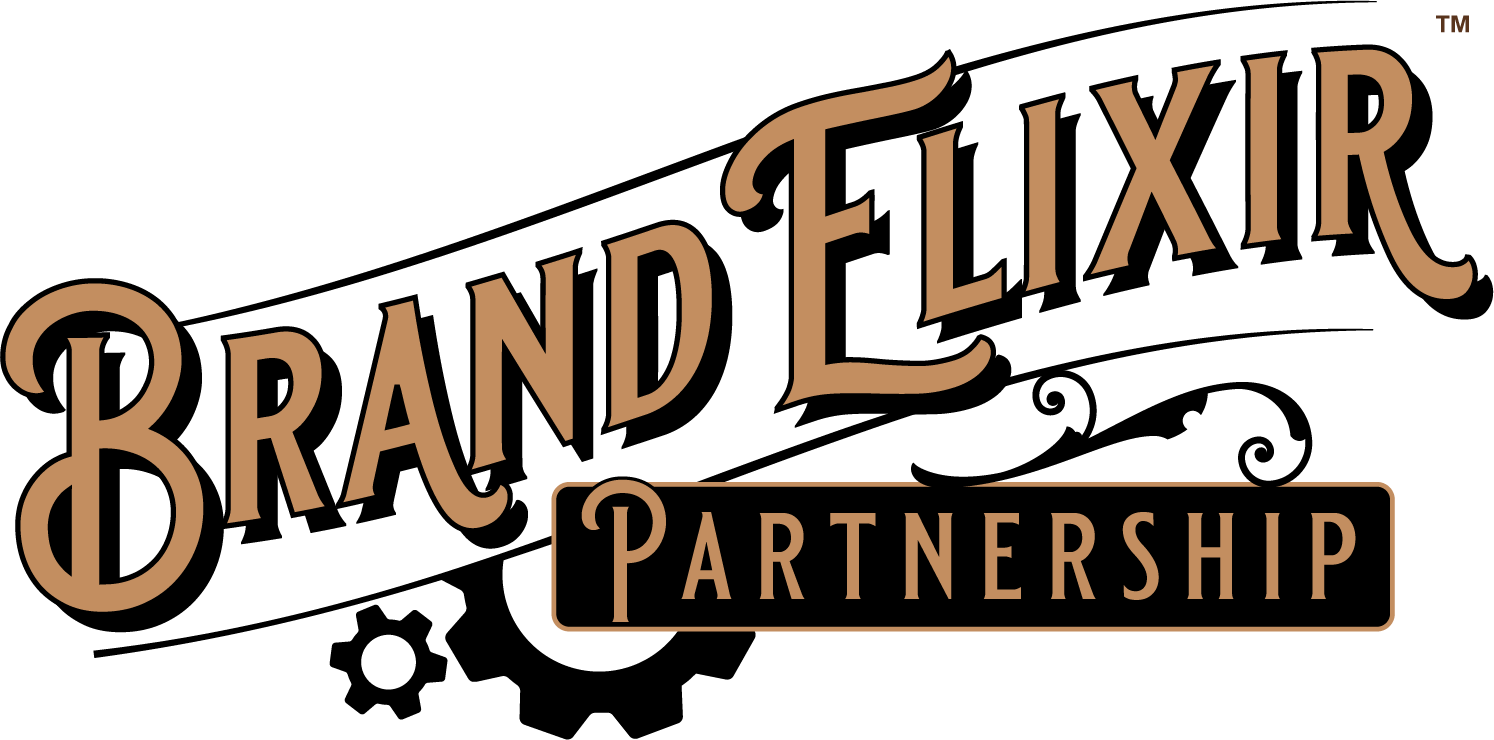Using Consumer Insights to Maximize Brand Growth (Part 1)
So you see a lot of blogs or articles on branding and marketing and may be thinking…”why should I listen to this guy?”
Well, I spent 28 years with two major alcohol beverage companies, A-BInbev and Brown Forman and learned a lot about both existing brands and new products and what it takes to make them successful. In addition, I’ve had a consultancy for the past 6 years with a lot of work with alcohol brands.
I’d like to spend some time talking about some key reasons why your brand or new product may or may not be successful. Here are some factors from what I’ve learned over the years:
1. Changes in consumer attitudes, behaviors, and tastes drive a lot of what makes brands successful. Let’s look at craft beer for example. The root of this movement could really be seen by the incredible rise of Starbucks and other full-flavored coffee. People wanted a better experience included: richer taste, better quality ingredients, a unique brewing and preparation effort (e.g. “hand crafted”), variety, and the ability to customize the coffee they wanted….”I want a half-caff, soy late with 2 shots”.
Both spirits and craft beer have been the primary beneficiaries of this long-term trend. When they walk into a tap room, there are usually 15 styles of beer. If they go to a bar, they can choose from the drink menu something that fits their mood that night.
2. There are counter trends to look for and take advantage of for new products. I remember years ago doing focus group with female spirits drinkers and how vodka and club soda was “seeping” into mainstream usage when we talked about what they drank. The reason is another trend that is a bit counter to “full flavor”, which is health and wellness. Women (primarily) felt that there were very few calories in vodka and club soda so they didn’t feel “guilty” having a few plus they are refreshing. Fast forward a few years and on came the explosion in the hard seltzer category! What’s better than having to make a vodka and club soda in a glass? Have the same thing but with some variety in flavor in a convenient, slim lined can! At the same time, this same consumer group was drinking FMB’s like Mike’s or Smirnoff Ice. Except, even the people who drank these felt like they were full of calories, very artificial, and felt “heavy” in the stomach after a few. So, what happened? These two trends collided, and it was like the whole young adult beverage market changed in 3-4 years. Which leads to the next insight….
3. Consumers have different needs for different occasions and almost all drink a variety of beers, wines, and spirits to meet these needs. Long gone are the days when big brands like Budweiser, Jack Daniel’s and Almaden Chablis ruled their categories. As consumers became more “self-centered” versus “group centered”, the need for self-expression and choice became prevalent which led to the explosion of craft products in beer and whiskey. Net, there are different consumer segments and different needs that drive brand volume.
4. Finally, we’ve all seen the movement to more local and organic products, while this does not impact all brands (Coors Light still selling a lot of volume
!) for those of you in craft beer, it is clearly a centerpiece trend that has driven category volume.
So, what are some lessons to use when you are looking at your current brand or considering a new product?
1. Make sure you know what your brand story/positioning is and that it takes advantage of current trends. As there are different craft consumer segments, think of how to best market your brands and their stories to them.
2. You need to be unique, but not too funky when developing new products. As we all know, lots of folks like a lighter wheat beer, but there are many fewer that want a 12% Imperial Stout!
3. When you are developing a new beer, you may want to consider doing a blind taste test in your account or with friends to have them compare the taste of your new product to an existing product that is doing well in the market. (e.g. Your new pale ale versus Sierra Nevada) Just have them rate each one on a scale of 1-10 and then write in some tasting notes. After you have done 50-60 of these, you’ll have a great idea whether your new beer tastes good to your customers. And, if it gets a lower rating, you will have an idea on how to improve it by their comments.
In the next part of this article, I will discuss options on how to use consumer research for a variety of uses such as; getting your packaging right, taste optimization, crafting an engaging brand story and a couple of other pointers.
